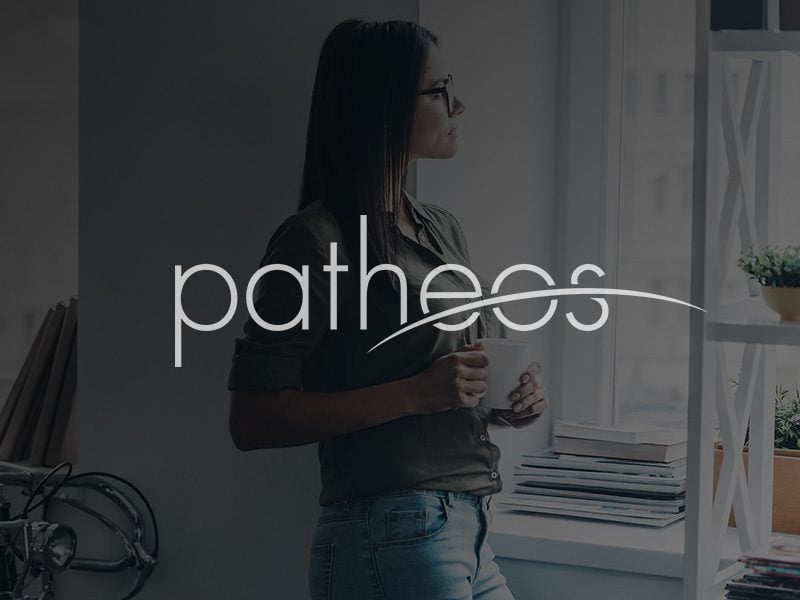Dark Mirror – the inner work of witchcraft
And thou who thinkest to seek for me, know that thy seeking and yearning shall avail thee not, unless thou knowest this mystery: that if that which thou seekest, thou findest not within thee, thou wilt never find it without thee.
― Doreen Valiente, The Charge of the Goddess
Inner work is a name commonly given to the inner processes that happen in ritual. However, the best kind of inner work also has an effect outside the individual and outside the circle. When rituals are focused only on self-development, they tend to be a bit too introspective. Ritual is about creating and maintaining relationships and connections – between body, mind, and spirit; with the Earth, Nature, the land, the spirit world, the community, and friends. It is also about creating, maintaining, and restoring balance. It is about making meaning. Telling our stories and reclaiming our history from the oppressors. Weaving a web of symbolism, story, mythology, meaning, community, and love to stand against the ennui and emptiness of relentless consumerism. Creating loosely held but welcoming community, a community that welcomes and celebrates diversity (of body shape, skin colour, physical ability, neurodivergence, sexual orientation, gender expression and identity, biology, cultural background, age, talkativeness or lack of it, and so on). Creating strong and authentic identity to resist the pressures of consumerism and commercialism and capitalism. Weaving relationship with other beings: humans, animals, birds, spirits, deities.
So the inner work of ritual may be intrapersonal, interpersonal, restorative, or community-building. The kinds of relationships that ritual helps to maintain may be of various different kinds – friendships, erotic relationships (including kinky ones), patron/client relationships. Inner work might be meditation, visualisation, prayer, magic, balancing archetypes within the psyche, lucid dreaming, healing, connecting with the body, or attunement to Nature.

Table of contents
- Introduction: the inner work
Coming to the circle
- The Pagan worldview
- Creating sacred space
- Raising energy – synergy, resonance and polarity
- Magical names
- Archetypes and the inner work
- The Mysteries
- Evocation and Invocation
- Use of symbols in ritual
- Spell work
- Magical tools
Embodied Spirituality
- Relationships and Consent in Wicca
- “Ye shall be naked in your rites”
- The erotic and spirituality
- Inner aspects of the festivals
- Grounding and centering
- Making an altar
- The Hearth
- Food in ritual
- Labyrinths; Meditative walking; Pilgrimage
- Gardening
- Spirits of the land
- Meditation, Visualisation, Contemplation
- Poetry, Storytelling, and Reading
- Cultivating the virtues
Between the worlds
- Modes and types of ritual
- Sound and silence
- The Moon
- The witch’s journey
- Queer Witchcraft
- Witchcraft and the land
- Witchcraft as resistance
- Working with ancestors
- The Pact – relational polytheism
- Madness, shamanism, witchcraft
- The night journey
Bringing it all back home
- Inclusive Wicca
- Group dynamics
- Being a coven leader
- Teaching and learning in a coven
- Egregore, lineage, upline, downline
- Power and authority
- Rites of passage
- Challenging oppression
- Evaluating your Craft
- Brimful of Asha
Appendices
- Model guidelines for group discussion
- Coming-out ritual
- Recommended reading
















